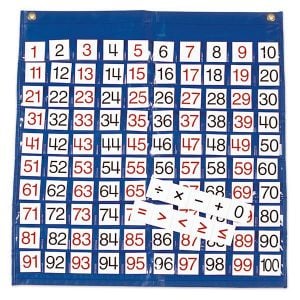by C. Elkins, OK Math and Reading Lady
Place value understanding is critical when solving addition, subtraction, multiplication, and division problems. Add fractions and decimals to the mix too! This post will focus on building on parts 1 and 2 (counting and composing and decomposing numbers by place value) to add and subtract whole numbers and decimals.
Virtual Manipulatives for Place Value:
Here is one of my favorite free websites for all kinds of virtual manipulatives. You will defintely like the base ten and place value disks. Both of these include options for decimals. The 0-120 grid is also great! You can add different colors to the numbers using the paint can.: https://www.didax.com/math/virtual-manipulatives.html
With the above manipulatives, students can practice these basics concretely and pictorially; then transition to solving them mentally:
- 10 + single digit such as 10+7 = 17, 10 +3 = 13
- Multiple of 10 + single digit such as 20 + 4 = 24, 40 + 8 = 48
- Multiple of 100 + single or double digit such as 100 + 5 = 105, 200 + 30 = 230, 500 + 25 = 525
- 1 more, 10 more 100 more as well as 1 less, 10 less, 100 less
- Add to numbers with 9’s such as 90 + 10, 290 + 10, 1900 + 100
Addition and Subtraction:
- Decompose and then add or subtract
- Break numbers apart by place value and follow operation (horizontal application)
- Show regrouping with subtraction
- Applies to decimals too

- Partial sums
- Solve in parts without “carrying” the digits. This gives students a chance to develop the full understanding of the value of the digits (vertical application)
- Solve in parts without “carrying” the digits. This gives students a chance to develop the full understanding of the value of the digits (vertical application)
- Rounding
- Instead of rules about digits bigger than 5 or less than 5, rounding using a number line helps a student think about place value and where the target number falls between two benchmark numbers. Ex.: 175 comes between 100 and 200, or 175 comes between 170 and 180.
- Instead of rules about digits bigger than 5 or less than 5, rounding using a number line helps a student think about place value and where the target number falls between two benchmark numbers. Ex.: 175 comes between 100 and 200, or 175 comes between 170 and 180.
Next post will be ways to emphasize place value when solving multiplication and division problems. If you have some ideas to share, please feel free to comment.
 I appreciate all of my faithful followers the past 5 years! Thank you for viewing and passing this along to other teachers or parents. I hope you all have a restful holiday break!!
I appreciate all of my faithful followers the past 5 years! Thank you for viewing and passing this along to other teachers or parents. I hope you all have a restful holiday break!!


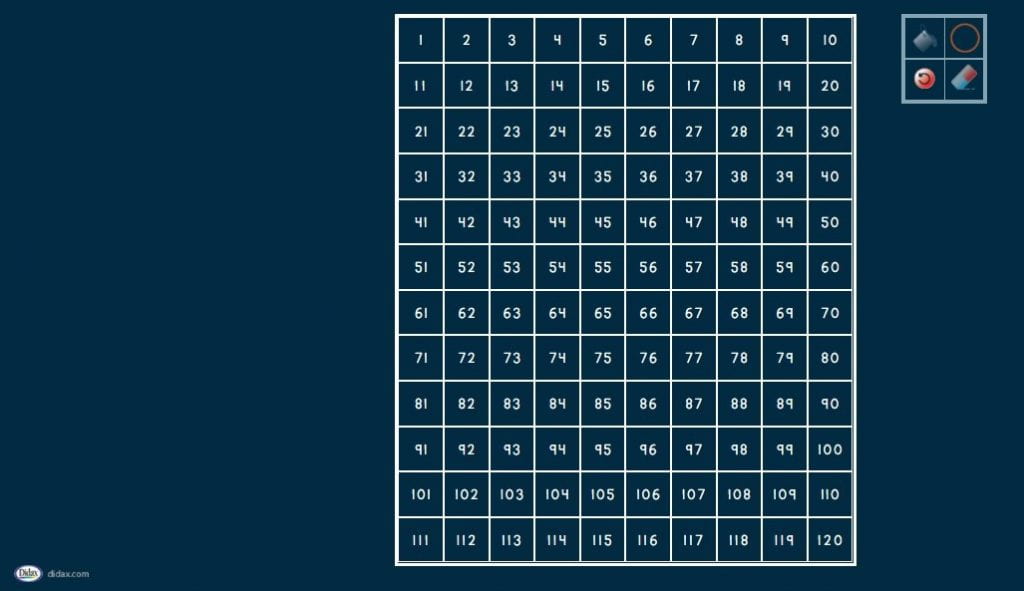
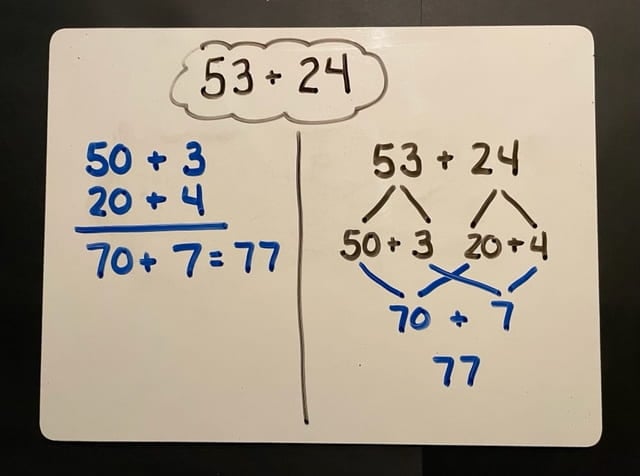


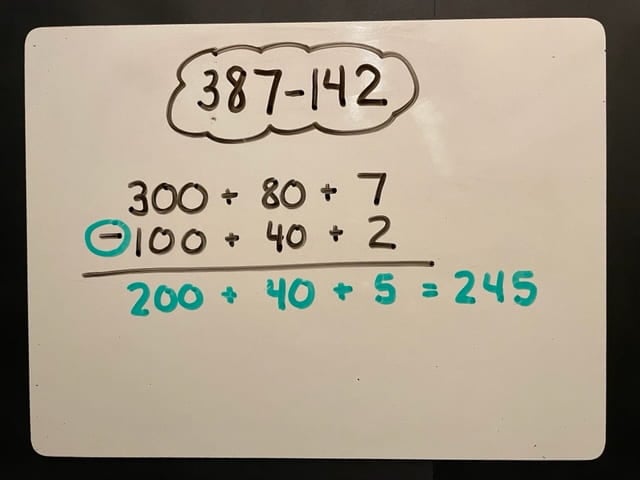

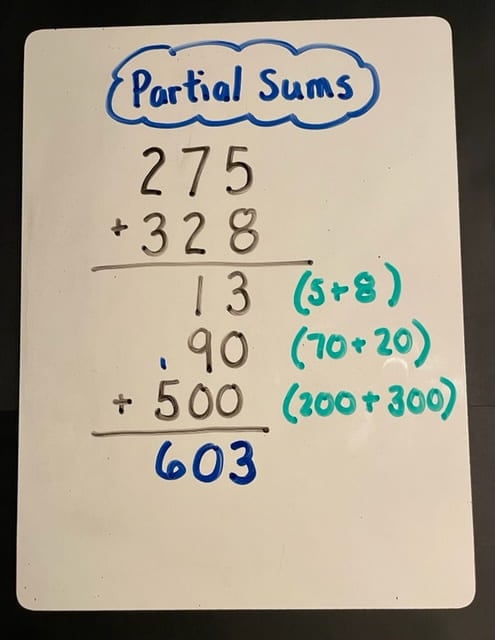


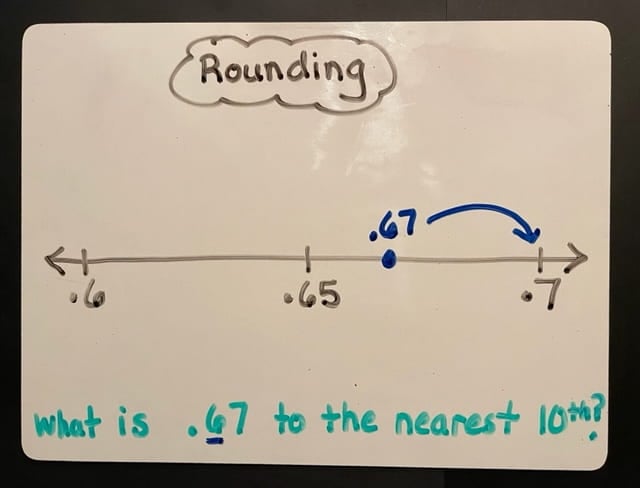
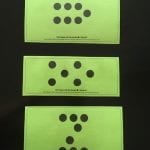 See the last post for strategies with ten frame dot cards and some background information about why and how (click
See the last post for strategies with ten frame dot cards and some background information about why and how (click  I blacked out the number in the small print at the bottom of each card because I was using them online and didn’t want the magnification to show the number. When showing them in person, the number is too small really for a student to notice or I can use my hand to cover it when showing the card. Anyway . . . that’s for those of you wondering what the little black smudge was. Here’s an amazon link to the cards which you can get digitally for $19.95 (279 pages worth):
I blacked out the number in the small print at the bottom of each card because I was using them online and didn’t want the magnification to show the number. When showing them in person, the number is too small really for a student to notice or I can use my hand to cover it when showing the card. Anyway . . . that’s for those of you wondering what the little black smudge was. Here’s an amazon link to the cards which you can get digitally for $19.95 (279 pages worth): 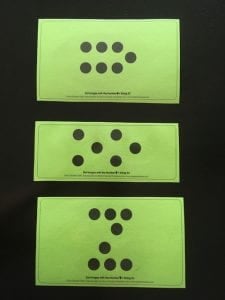
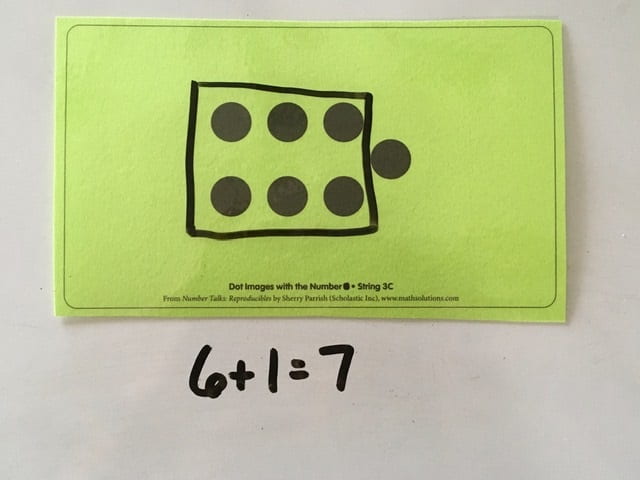




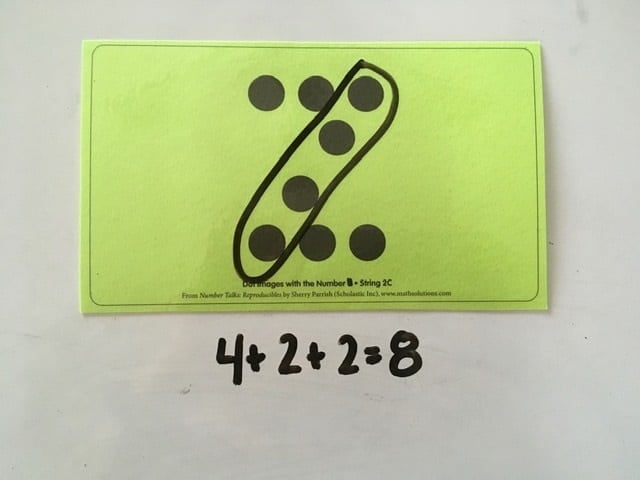
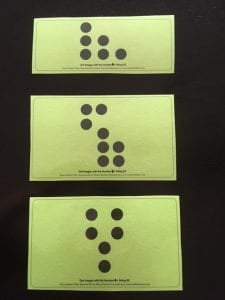
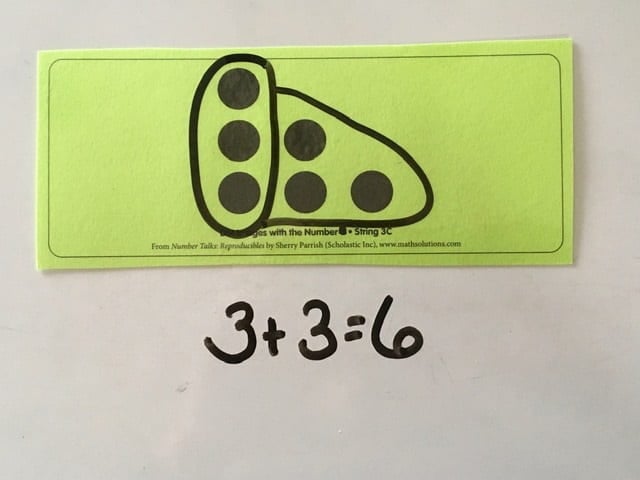

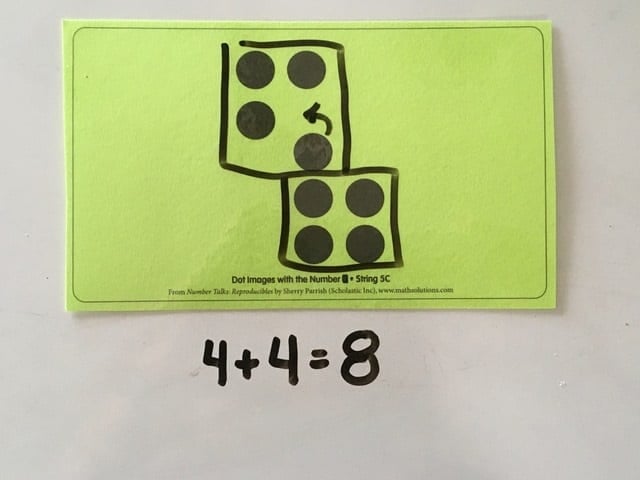
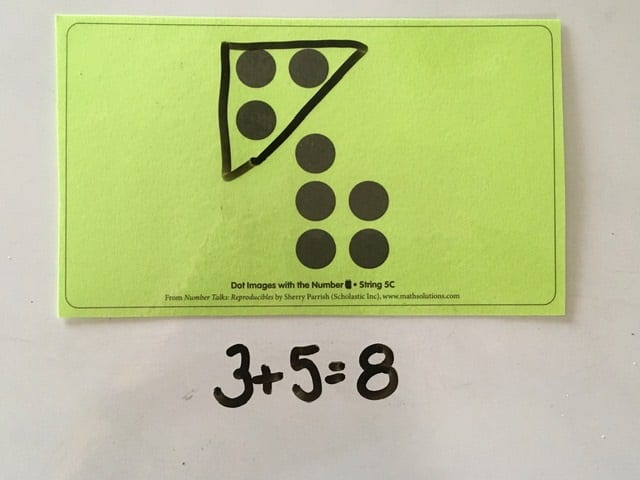
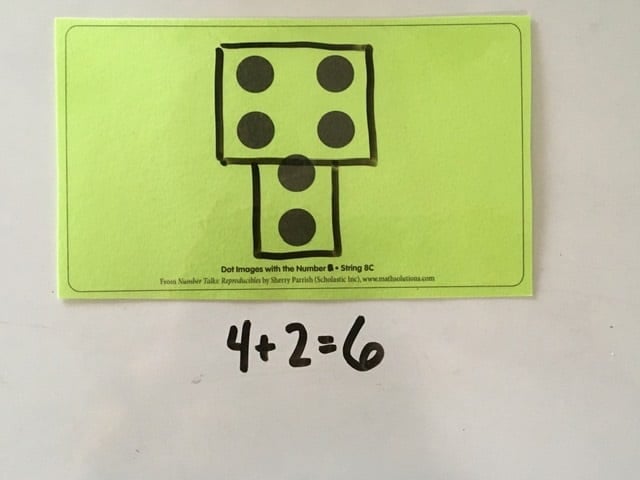
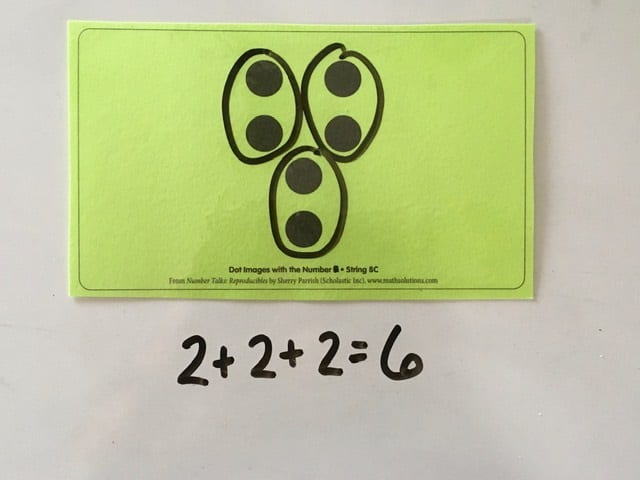
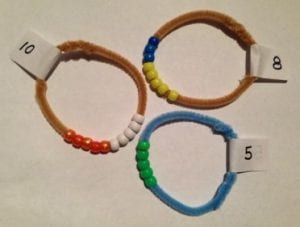 For all of these activities, the student should be working with the number of manipulatives to match their focus number. They should do several different activities using that same amount to get lots of different experiences making the same number pairs repeatedly. After a generous amount of practice, assess the child and move to the next number when ready. An important feature of each activity is for the student to verbalize the combination being made. Using a sentence frame they can have with them or putting it on the board for all to see is a plus: “____ and ____ makes _____.” Students will usually need reminders that you should hear them saying this. It takes if from just playing to being cognizant this is a serious math activity.
For all of these activities, the student should be working with the number of manipulatives to match their focus number. They should do several different activities using that same amount to get lots of different experiences making the same number pairs repeatedly. After a generous amount of practice, assess the child and move to the next number when ready. An important feature of each activity is for the student to verbalize the combination being made. Using a sentence frame they can have with them or putting it on the board for all to see is a plus: “____ and ____ makes _____.” Students will usually need reminders that you should hear them saying this. It takes if from just playing to being cognizant this is a serious math activity.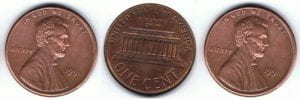 Use coins and a whole-part-part template. The student shakes and gently drops some coins (stick to one type of coin). Then sort according to how many landed on heads vs. tails by placing them on one of the templates. Say the combination outloud: “5 heads and 2 tails makes 7.” Repeat. Here’s a FREE
Use coins and a whole-part-part template. The student shakes and gently drops some coins (stick to one type of coin). Then sort according to how many landed on heads vs. tails by placing them on one of the templates. Say the combination outloud: “5 heads and 2 tails makes 7.” Repeat. Here’s a FREE 
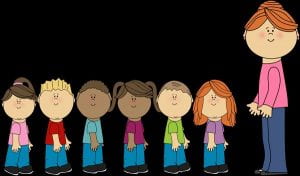

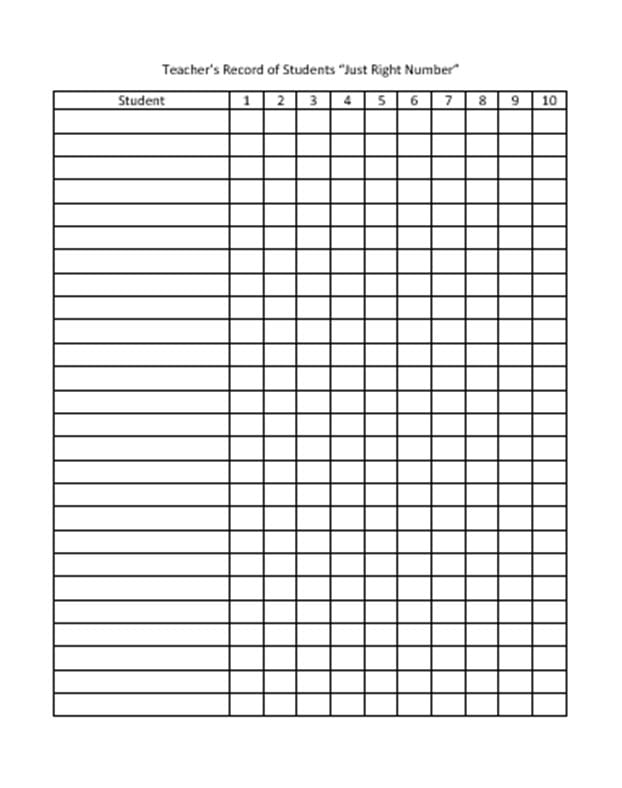
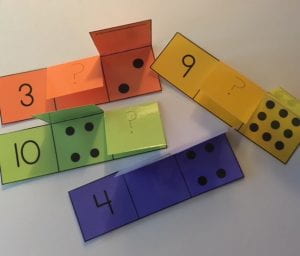 Here is a similar one I made for FREE with the PDF copy :
Here is a similar one I made for FREE with the PDF copy :



 As I’ve mentioned before, as a consultant I am available to help you as an individual, your grade level team, or your school via online PD, webinar, or just advice during a Zoom meeting. Contact me and we can make a plan that works for you. If you are interested in tutoring during your “spare time” check out my link for Varsity Tutors on the side bar. Mention my name and we both get a bonus. Have a wonderful, SAFE week. Mask up for everyone!
As I’ve mentioned before, as a consultant I am available to help you as an individual, your grade level team, or your school via online PD, webinar, or just advice during a Zoom meeting. Contact me and we can make a plan that works for you. If you are interested in tutoring during your “spare time” check out my link for Varsity Tutors on the side bar. Mention my name and we both get a bonus. Have a wonderful, SAFE week. Mask up for everyone!
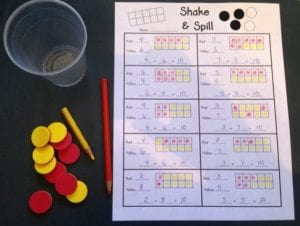

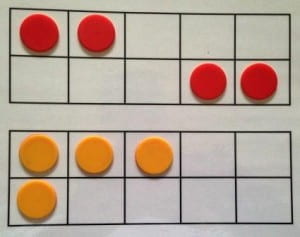

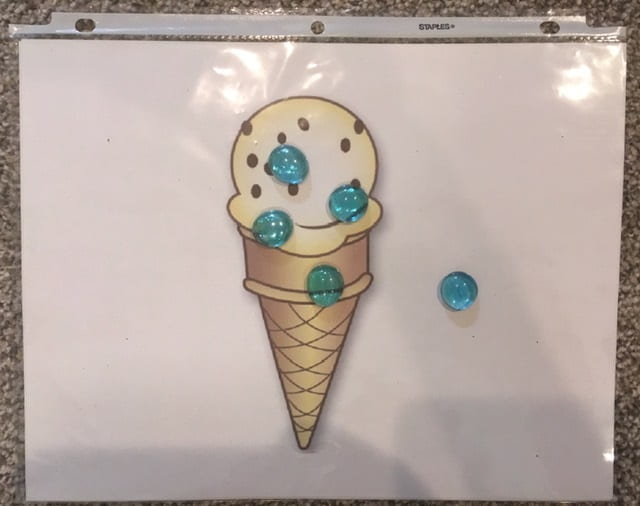
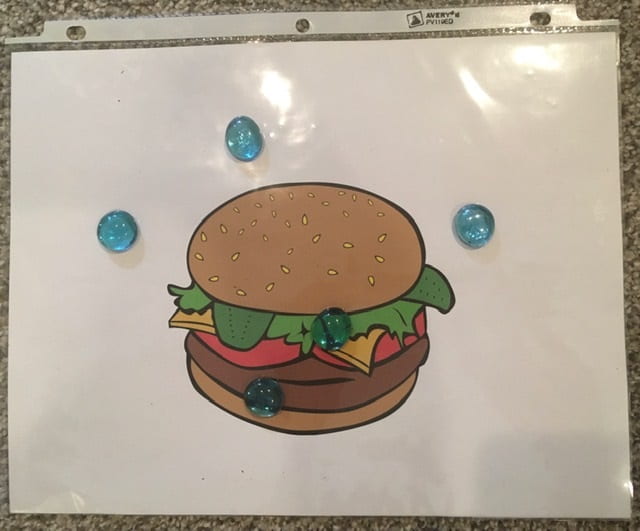
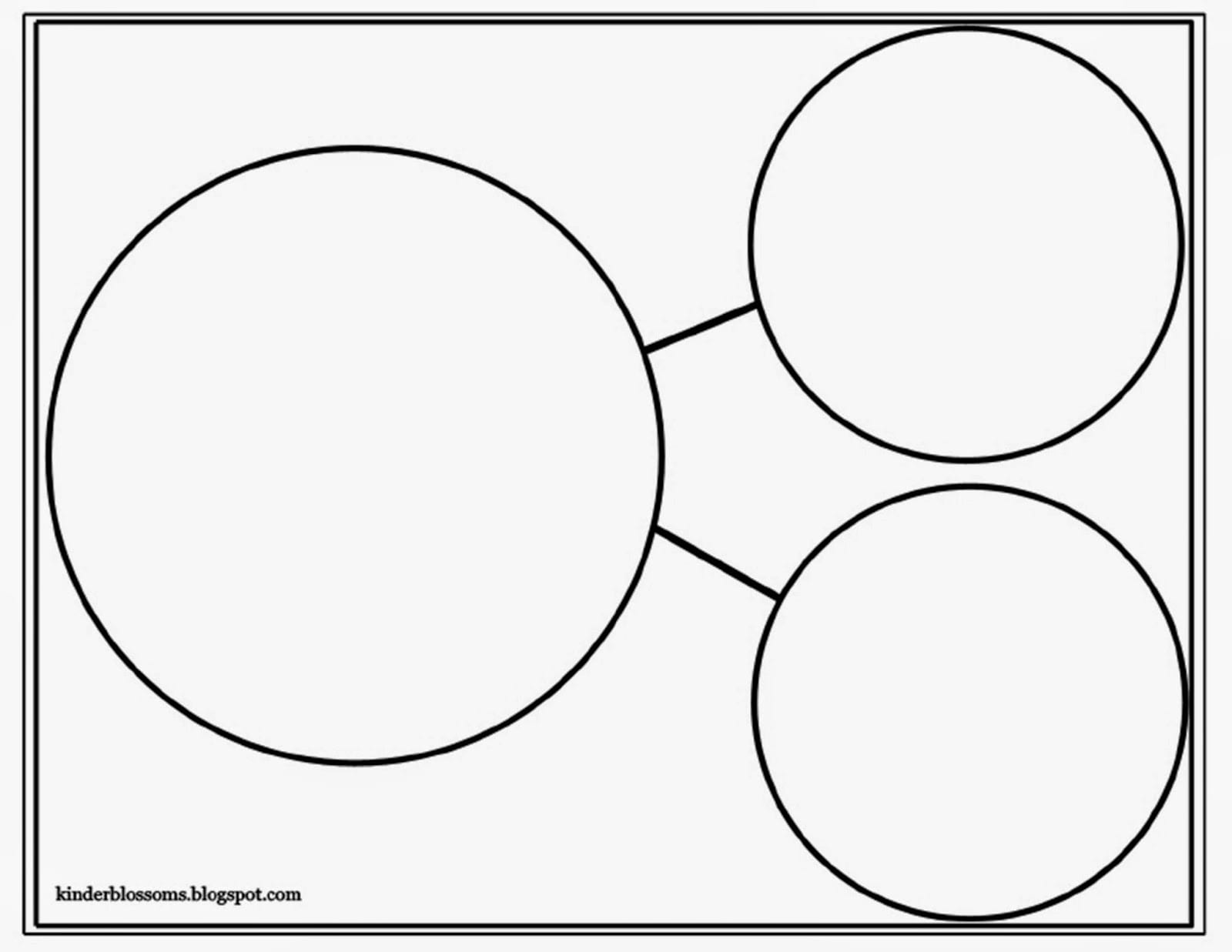

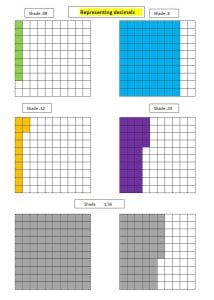
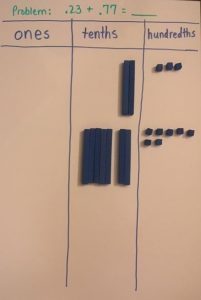
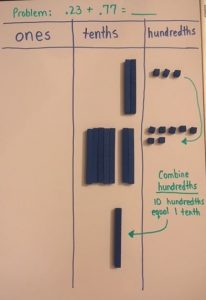


 In a
In a 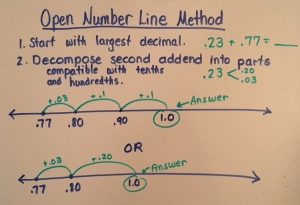
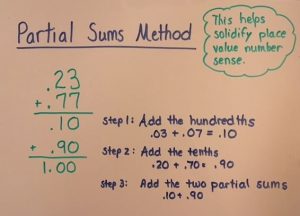
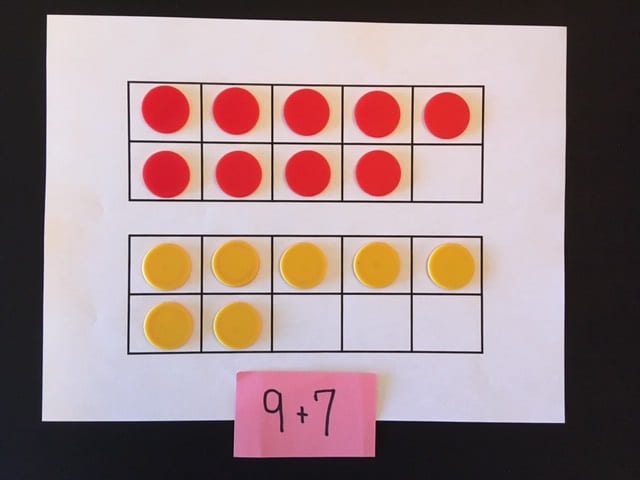



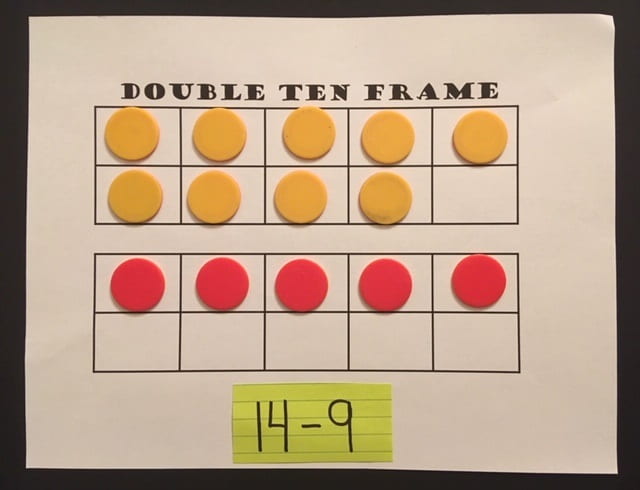
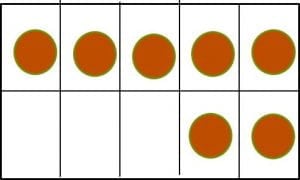 This post will feature ways to use ten frames to enhance students’ understanding of addition and subtraction. Look for freebies and a video!
This post will feature ways to use ten frames to enhance students’ understanding of addition and subtraction. Look for freebies and a video!
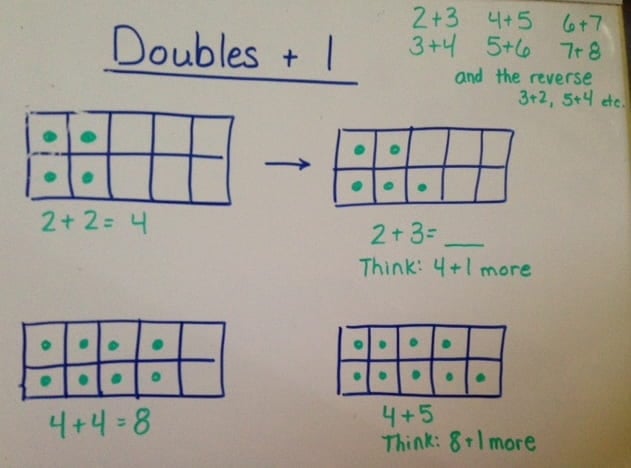
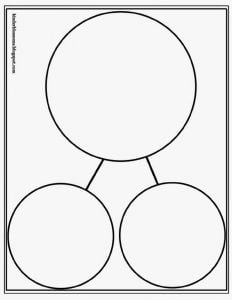



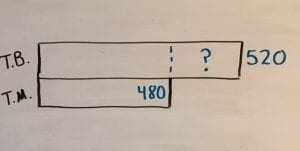

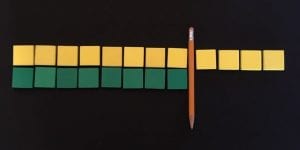

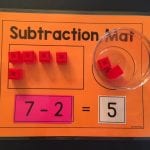






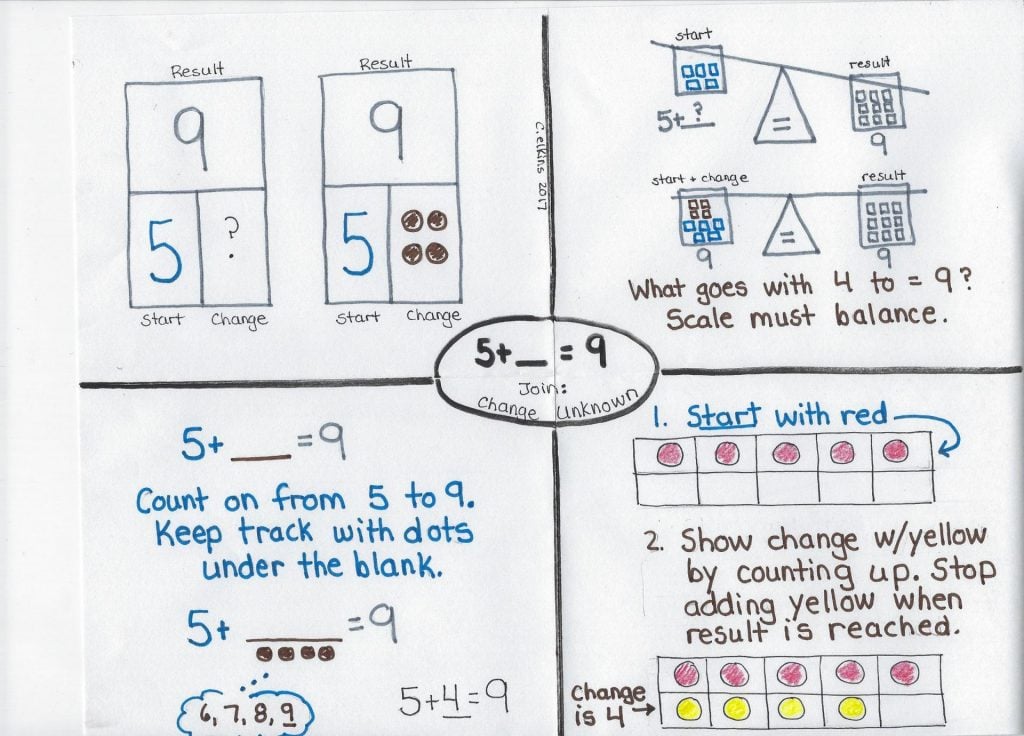
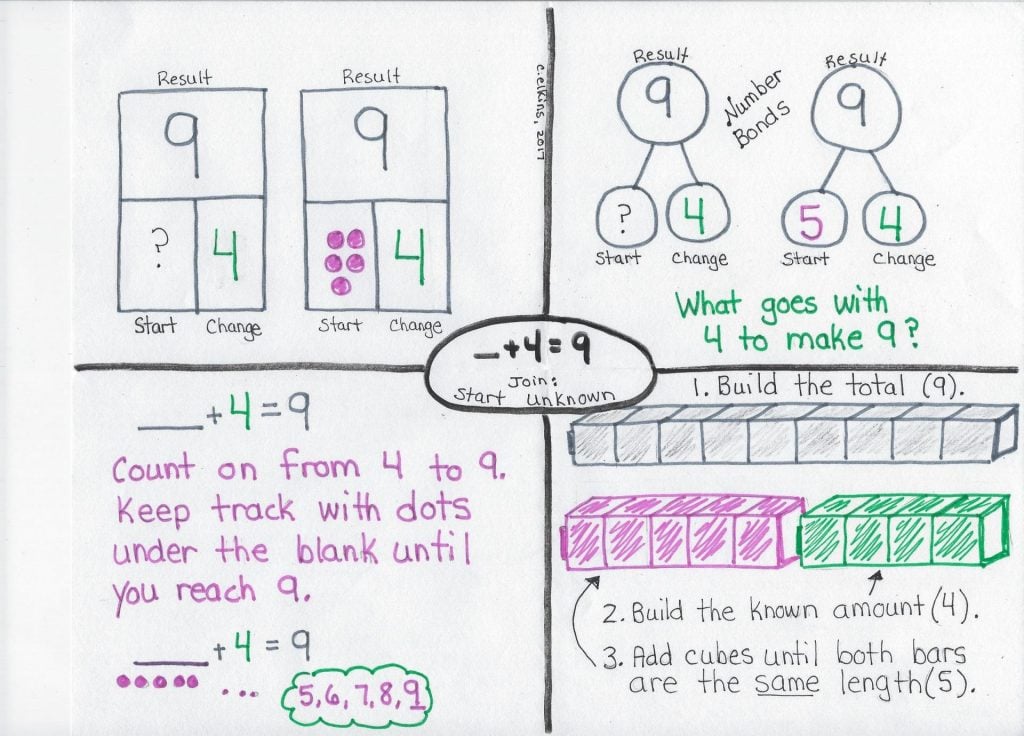

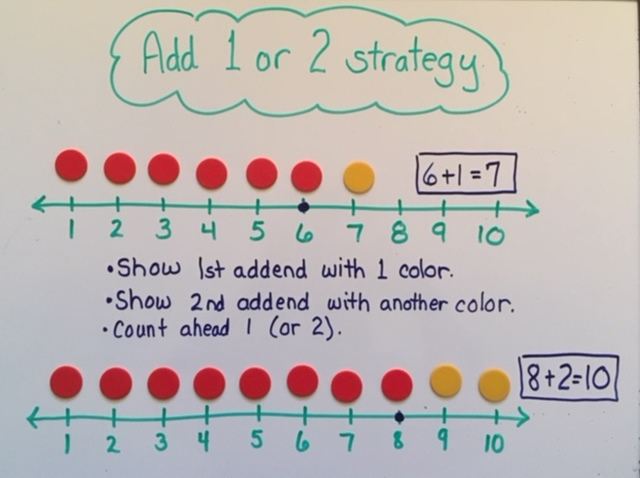
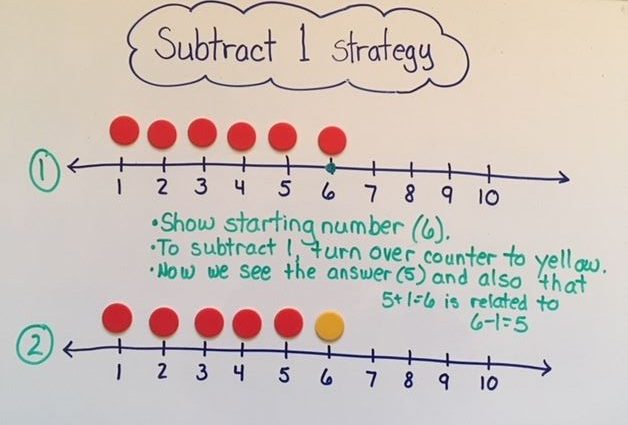

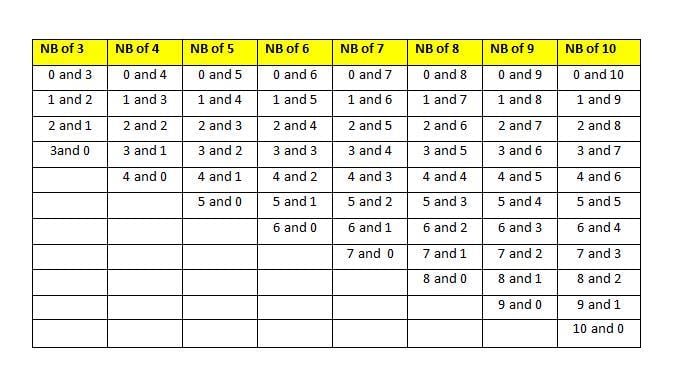


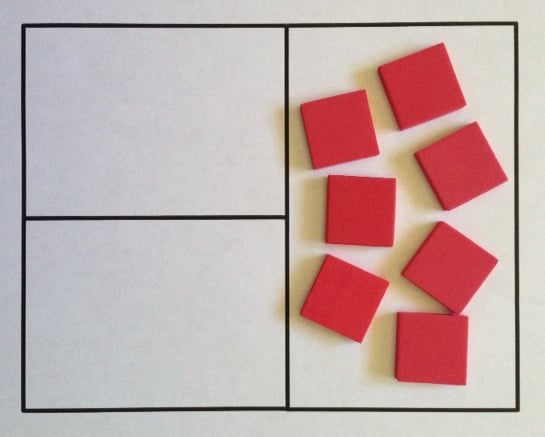


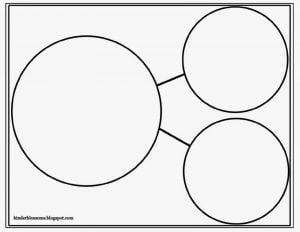 Once students have a good concept of number bonds, these part-part-whole organizers are very helpful when doing addition and subtraction problems (including story problems) using these structures: Result Unknown, Change Unknown, and Start Unknown. Children should use manipulatives at first to “figure out” the story.
Once students have a good concept of number bonds, these part-part-whole organizers are very helpful when doing addition and subtraction problems (including story problems) using these structures: Result Unknown, Change Unknown, and Start Unknown. Children should use manipulatives at first to “figure out” the story.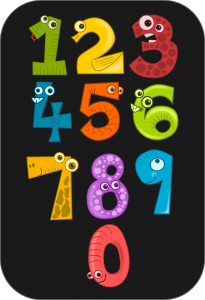
 Recognize an amount without physically counting (ie on dice, dot cards, fingers).
Recognize an amount without physically counting (ie on dice, dot cards, fingers).
